Music Lessons in House Of Hungarian Music Museum Create Architectural Value For Budapest. Hungary is latest declared result of International Architectural Design Competition called House of Hungarian Music Museum Competition. And Today we here see how much is this House of Hungarian Music Museum Leave impression on their visitor and create environment for really really inspiring music learners and Musicians. As we know that art is not learn inside the class room or in other word art is not a class room learning subject,…. 😉 So, friends here we see ahead top tree House of Hungarian Music Competition entries with their Design Philosophy and Design Development Concept or you can say theory of Design for Developing a House of Hungarian Music Museum.
Contemporary Architecture of House of Hungarian Music Museum Design
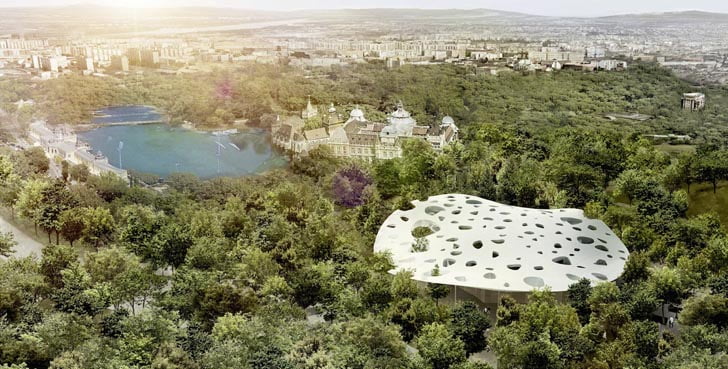
How to Learn Music?
Music is something that lends itself to being learned and experienced in person, but the fact is that excellent online music education is available as well. Many will be amazed by the amount of high quality resources that exist.
“Playing by ear” is a term describing the ability of a musician to reproduce a piece of music one heard, without having observed another musician play it or having seen written music. It is the common way to learn to play a musical instrument in cultures that do not use musical notation.
Playing by ear is also common practice among those who use notation extensively. Musicians in cultures that use notation learn to play by ear and ear training. This often occurs using a musicianship course at a music conservatory or college, and alternatively by the use of Solfege.
So, Friends you are thinking that why is this definition here for designing of House of Hungarian Music Museum & school design ? But I would like to say just if you are aware of learning of music process then you better understand the design concept and design theory of architects.
So, Lets not wait much and go over the Final Selected House of Hungarian Music Museum Competition Design Proposal to Honorable Design Entries.
Final House of Hungarian Music Museum Architectural Design By Sou Fujimoto
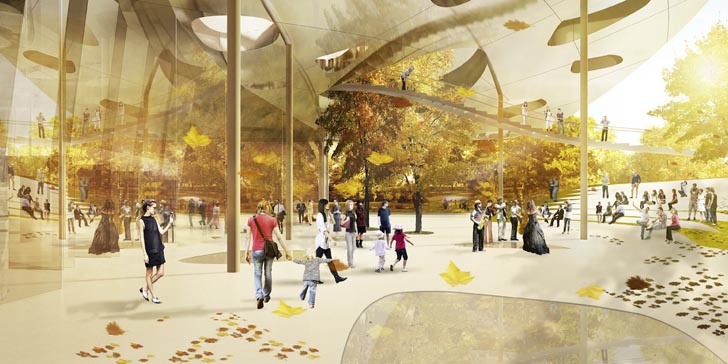
Sou Fujimoto Architects has been chosen to design buildings for the Liget Budapest house of hungarian music museum project, one of Europe’s largest museum developments. Selected through an anonymous competition process, the Japanese firm will realize an undulating House of Hungarian Music that was “inspired by sound waves.” Its distinctive perforated “smart roof” will float on top an airy glass-walled interior illuminated by the canopy’s light wells.
French practice Vallet de Martinis DIID Architectes was also chosen to build a striated Museum of Ethnography, while Hungarian firm Középülettervező Zrt will realize the cuboid PhotoMuseum Budapest and Museum of Hungarian Architecture.
All three projects will be built in Városliget, the city’s largest park, by 2018. The £190 million five-building museum project is being led by The Museum of Fine Arts Budapest and the Városliget Zrt. Plans for the New National Gallery – Ludwig Museum, which will be also in the park, are expected to be announced in April 2015.
The Japanese architect proposes a glass-walled building for house of Hungarian music museum sheltered beneath a white canopy, reminiscent of a giant mushroom. Round openings will create light wells, which will in some places continue through the floors.
The house of Hungarian music museum will occupy the site of the former Hungexpo Offices that have been scheduled for demolition. Other projects for the complex will create new homes for the Hungarian Museum of Photography – which will become FotoMuzeum Budapest – and the Hungarian Museum of Architecture, both of which will be designed by Hungarian firm KÖZTI Architects & Engineers.
Photo Gallery of house of Hungarian Music Museum:
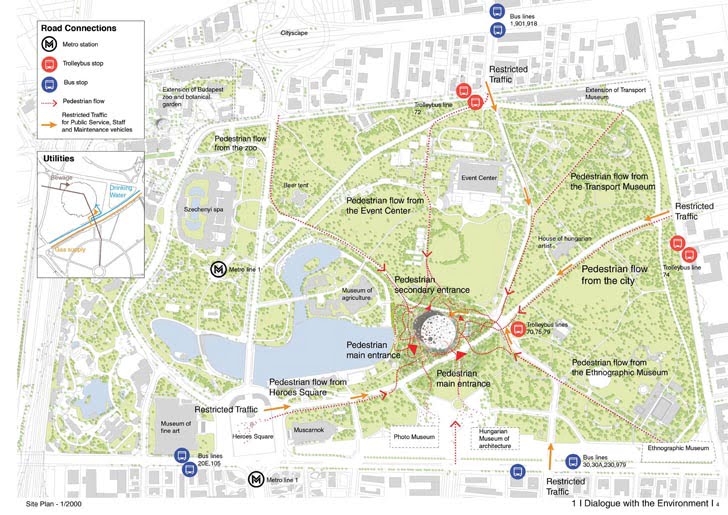
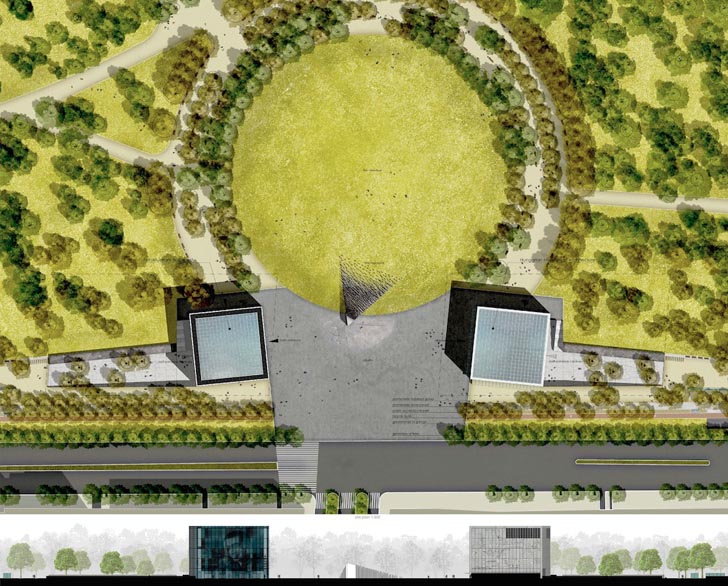
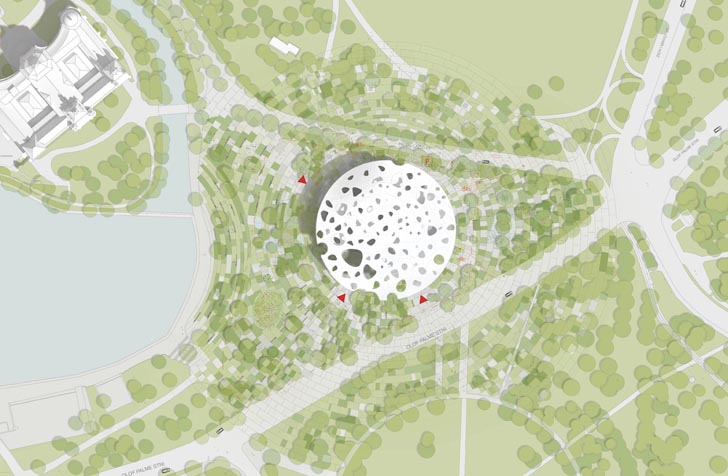
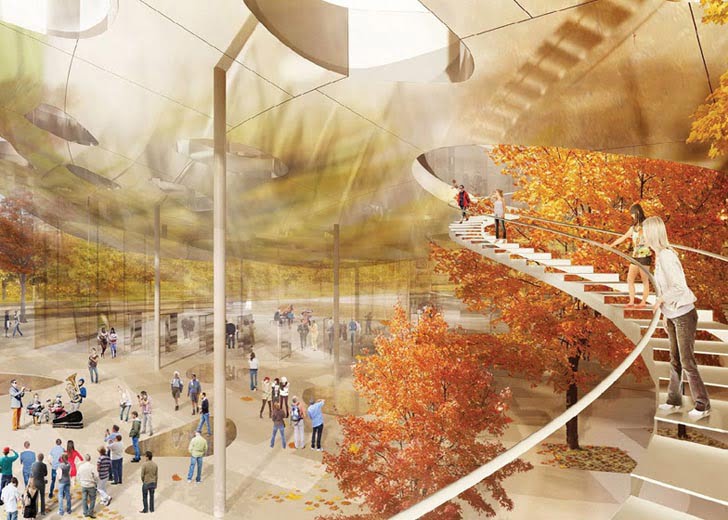
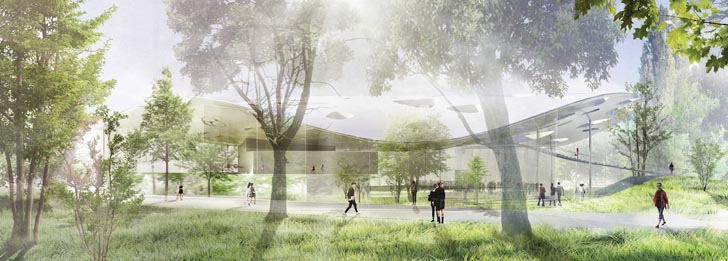
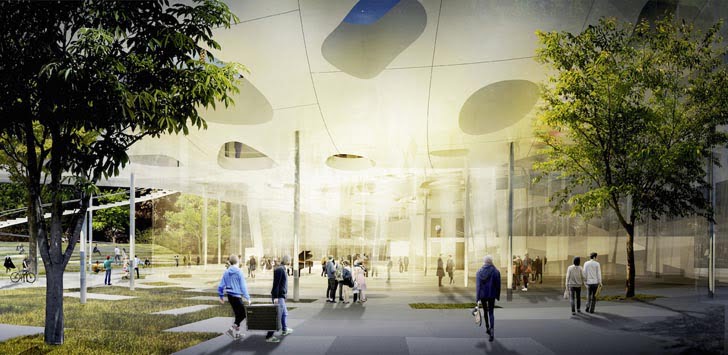
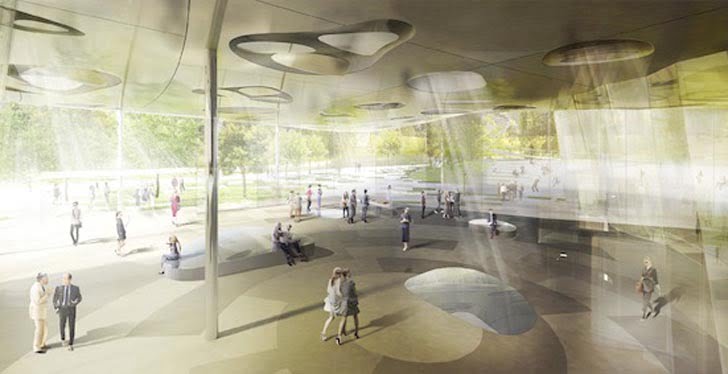
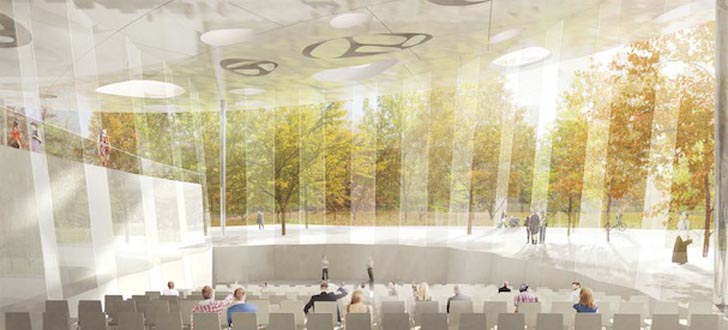
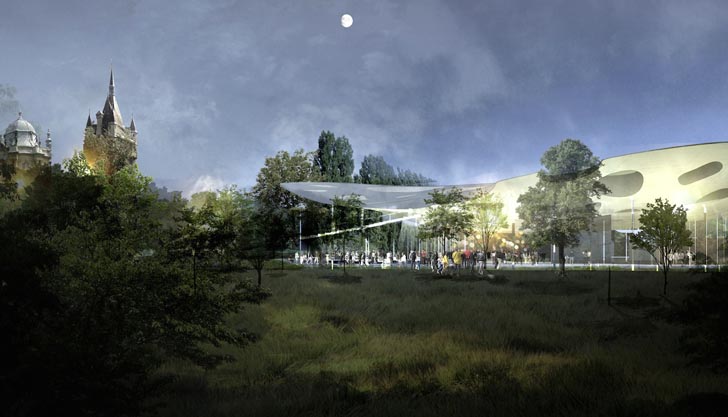
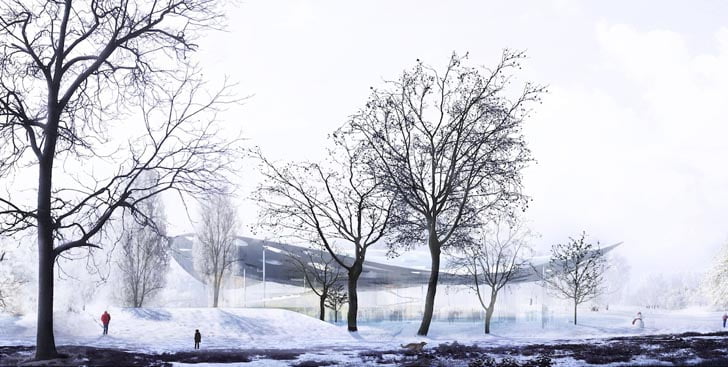
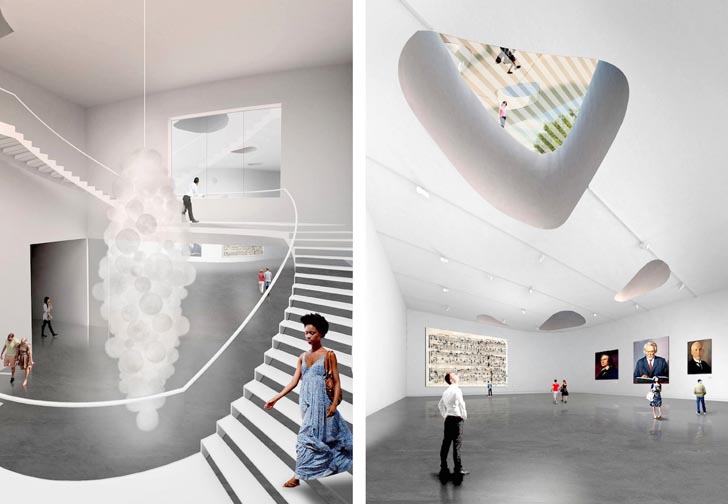
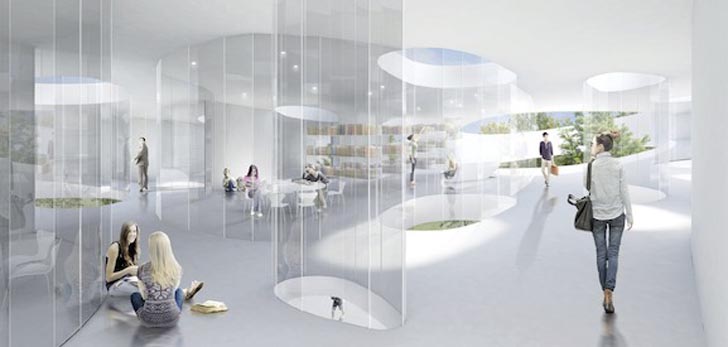

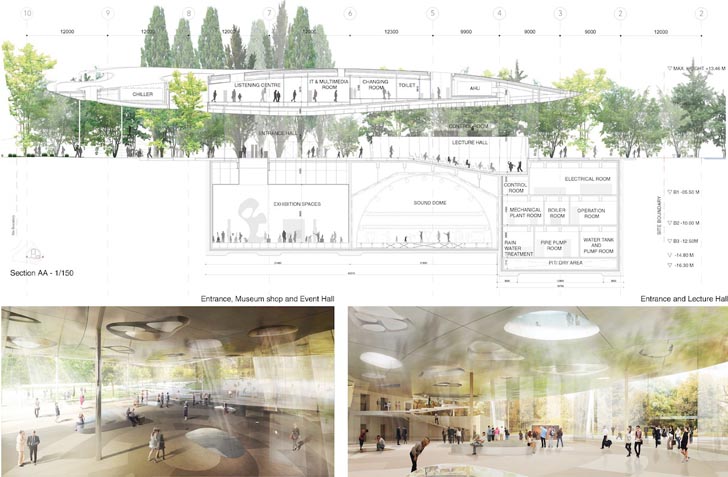
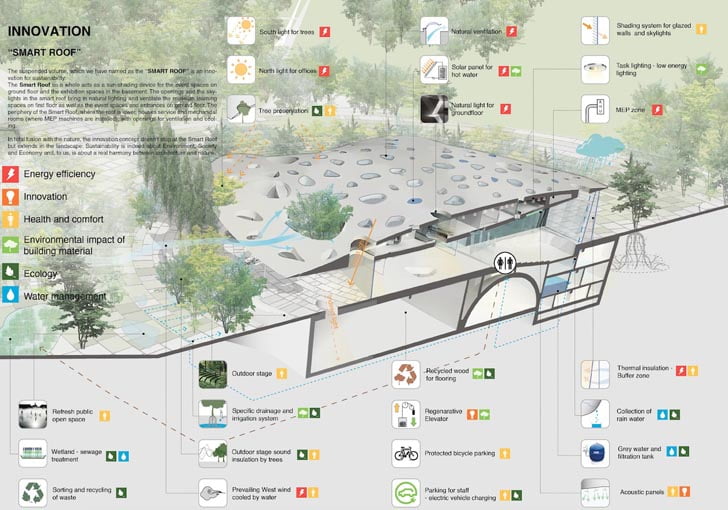
The complex will be completed by the New National Gallery and Ludwig Museum, but no architect has been named for this building as the jury – chaired by Rijksmuseum director Wim Pijbes and Pritzker Prize managing director Martha Thorne – couldn’t find a suitable candidate among the 80 submissions. A new competition has now been announced.
Each of the proposed buildings is expected to demonstrate sustainable building techniques, whilst also fitting in with the natural and built heritage of the historic park, which claims to have been the world’s first public park.
“Thanks to this design competition, the museums to be built in the City Park will create a harmonious dialogue with the park and its built environment, representing outstanding architectural value for Budapest and all of Hungary, while catering to the collections and the visitors with their 21st-century functional solutions at a world standard,” said Laszlo Baan, ministerial commissioner for the Liget Budapest Project.
Construction of the £190 million development is expected to begin in 2016, with museums scheduled to open in March 2018. According to the organisers, the park’s greenery will be increased by 5 per cent.
Photo Gallery of New National Gallery and Ludwig Museum:
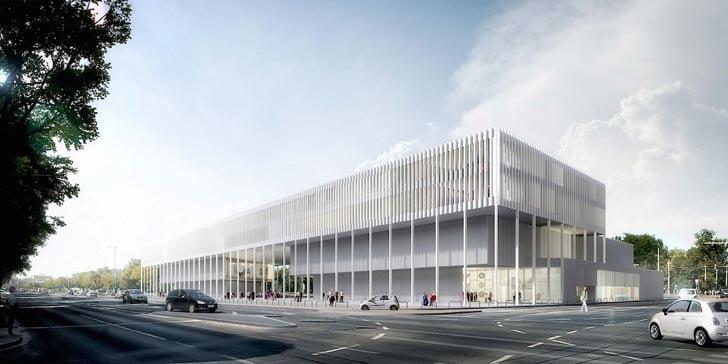
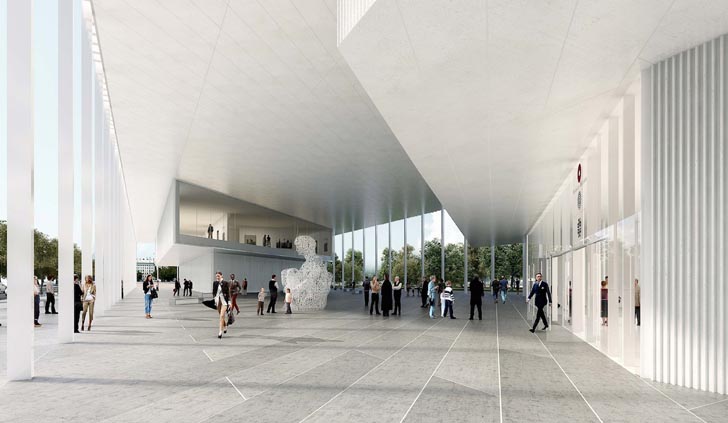
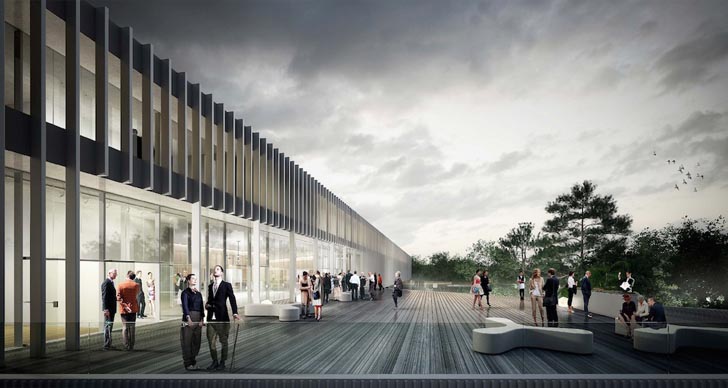
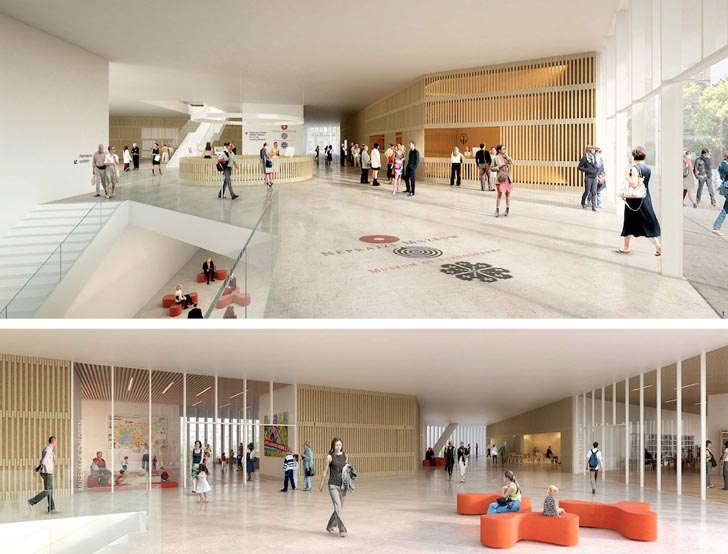
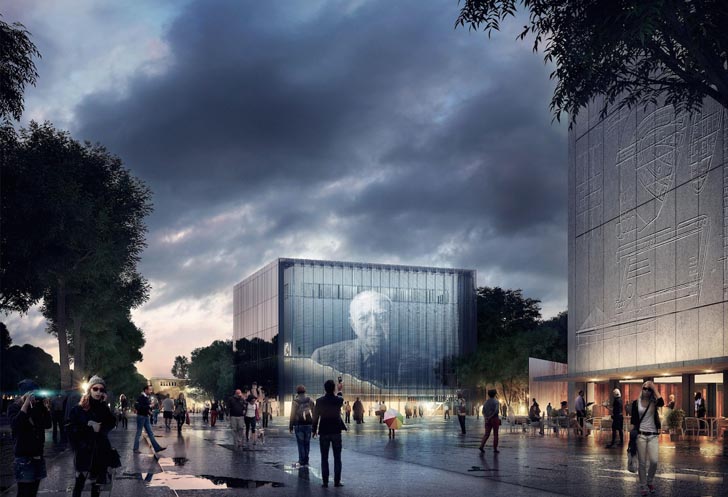
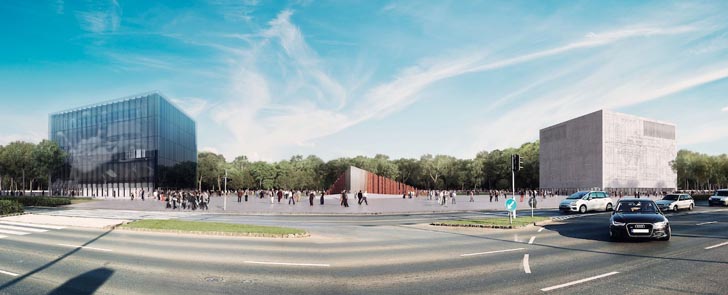
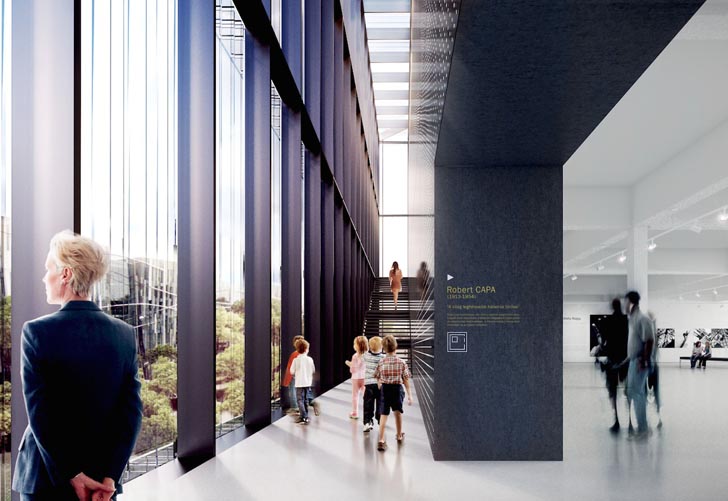
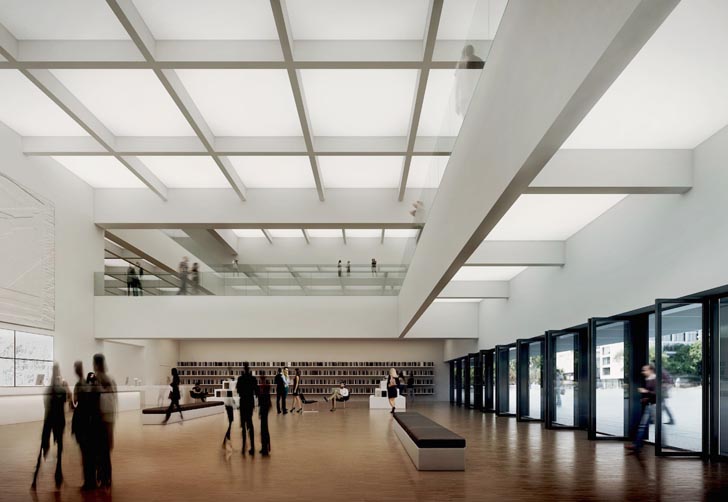
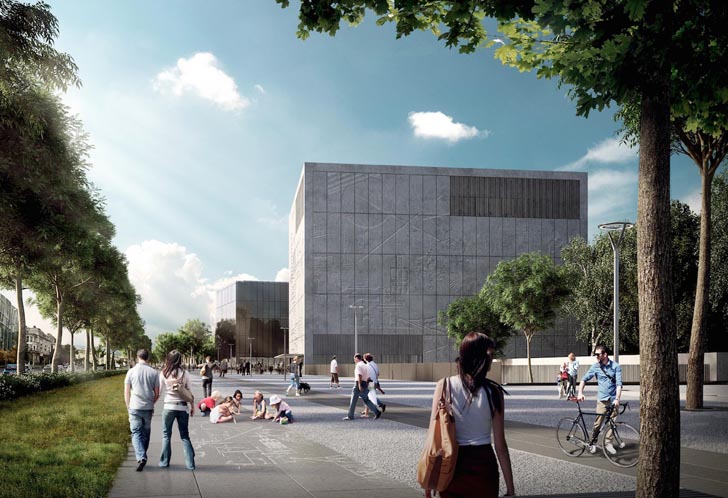
House of Hungarian Music Design Honorable Mention to Kengo Kuma.
Kengo Kuma and Associates has taken home honorable mention for their House of Hungarian Music Museum design. Conceived as a house in the woods, the proposal seeks to embed itself in the landscape, having a low impact on the natural environment while becoming a focal point of Budapest’s urban environment.
Kuma and Associates wanted their House of Hungarian Music Museum to be a quiet contrast to the “complicated and ambitious structures, and stylistic cosmeticized building facades” of many modern civic buildings.
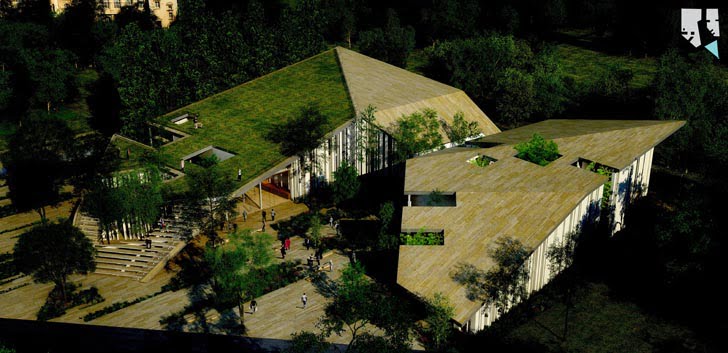
Fact File of House of Hungarian Music:
Competition: Liget Budapest
Award: Honorable Mention
Project Name: House of Hungarian Music
Architects: Kengo Kuma and Associates
Location: Budapest, City Park, Hungary
Architects In Charge: Kengo Kuma and Associates
Year: 2014
Photographs: Kengo Kuma and Associates
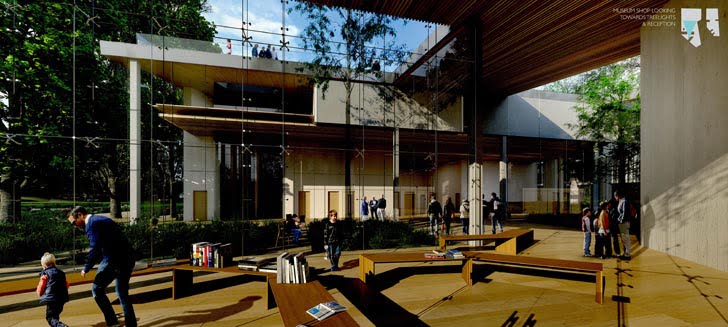
Their House of Hungarian Music Museum design seeks to blend into the background of Budapest City Park, rather than become a monumental landmark. In this interest, the architects arranged the building mass around the trees on site, rather than cutting them down, to create a U-shape that forms a sheltered garden within the museum.
The mass is also punctured with “tree lights,” small courtyards that harbor more trees, and act as light wells for the interior. The House of Hungarian Music museum’s roof plane is tilted, merging the building’s mass with the site while still allowing for high ceiling heights on the interior.
Stairs appear where the roof hits the ground, giving visitors a space to sit and congregate, and reinforcing the connection between House of Hungarian Music Museum building and ground. The roof eaves create transitional spaces between interior and exterior, and provide space for outdoor activities during sunny or rainy days.
Inside, the first floor is given over to more active public space such as the cafe, ticketing booth, gift shop, and classrooms. The temporary exhibition space is housed here as well. The second floor holds the quieter, permanent exhibition space for the House of Hungarian Music museum. Service and storage spaces are accommodated with a basement floor.
Image of House of Hungarian Music:
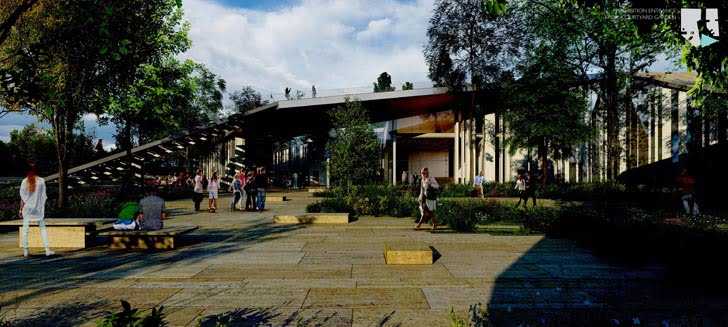
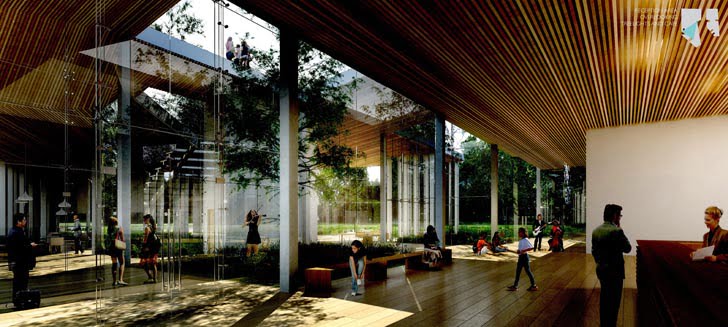
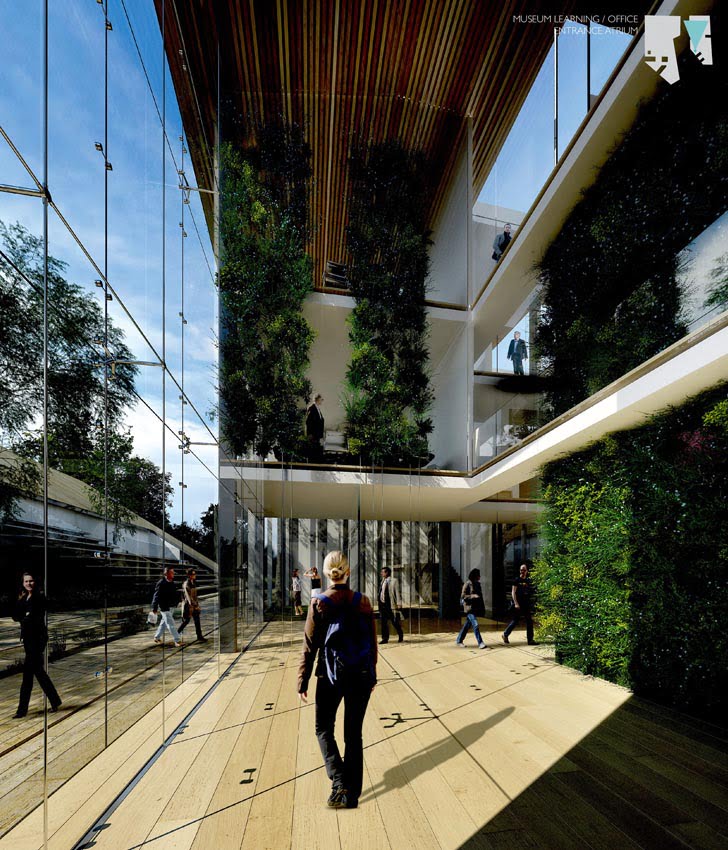
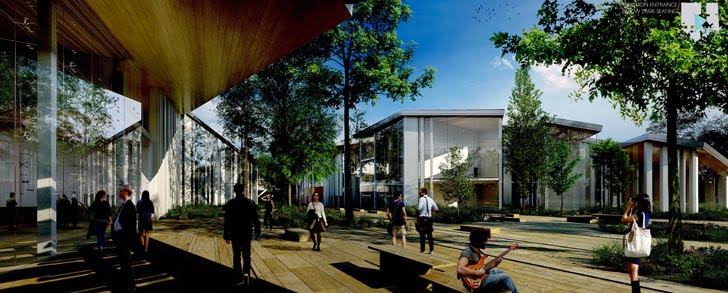
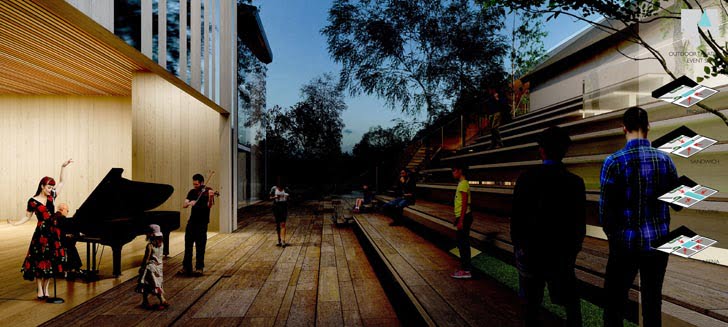
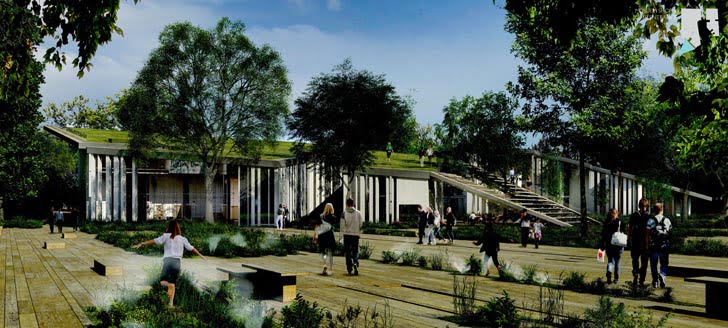
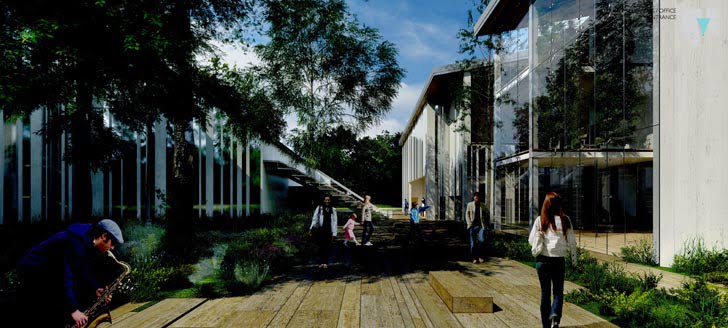
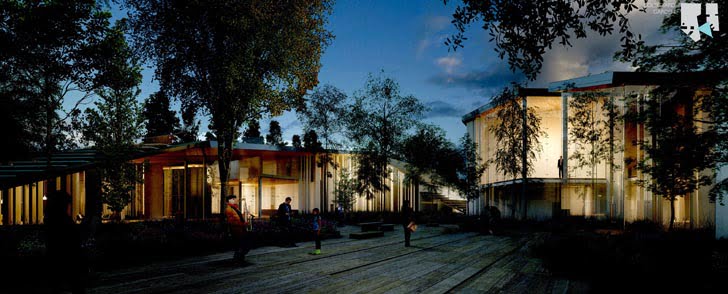
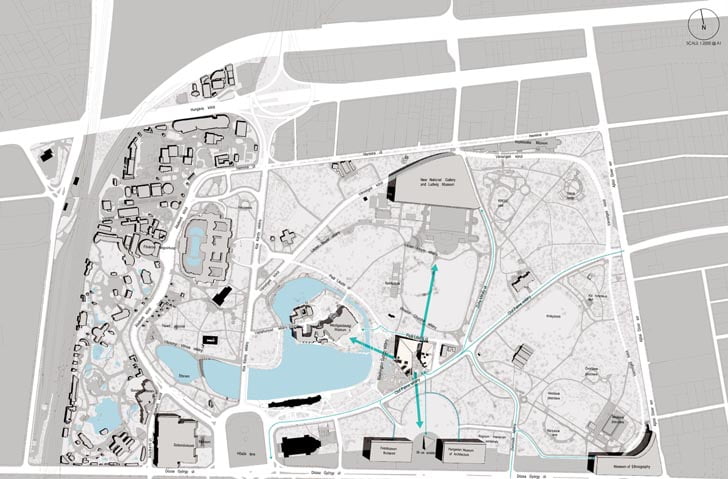
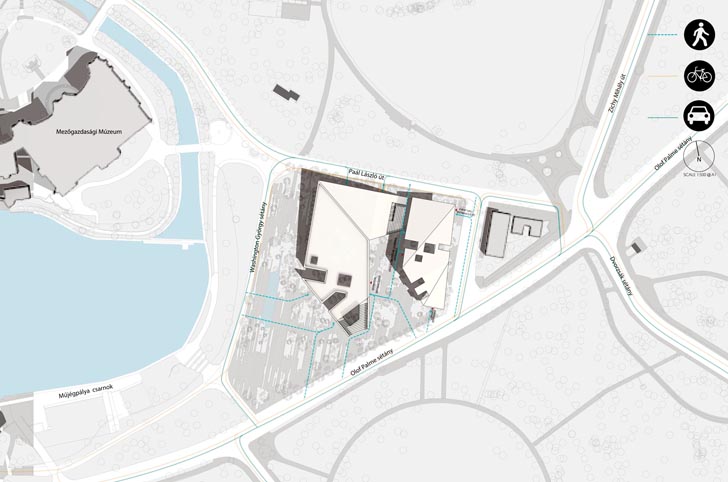
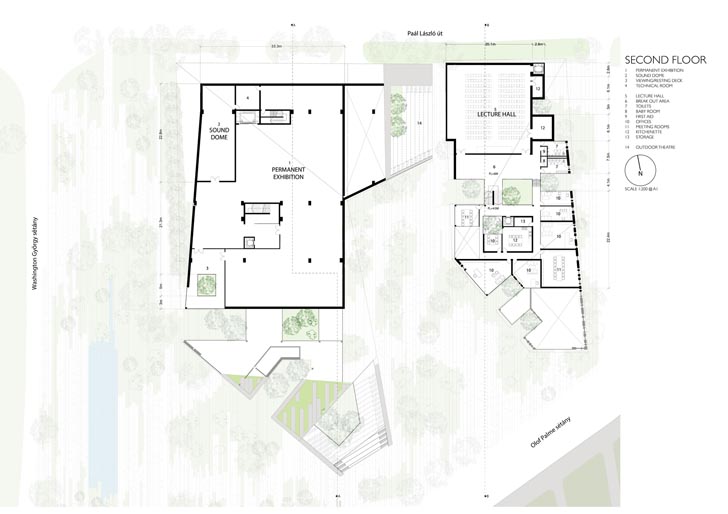
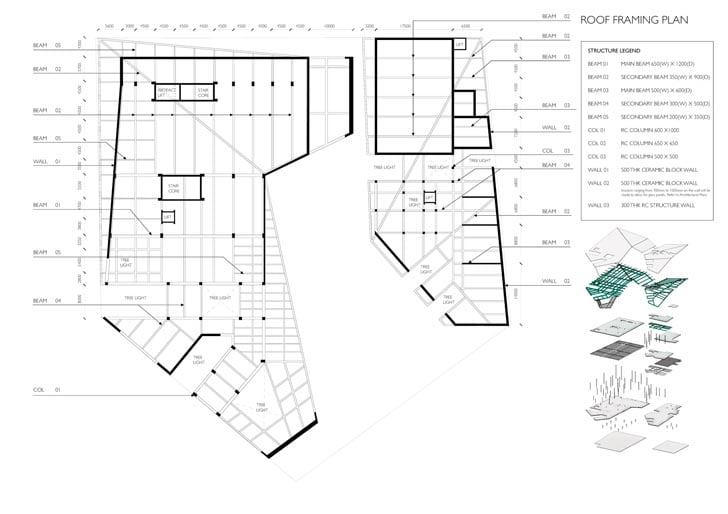
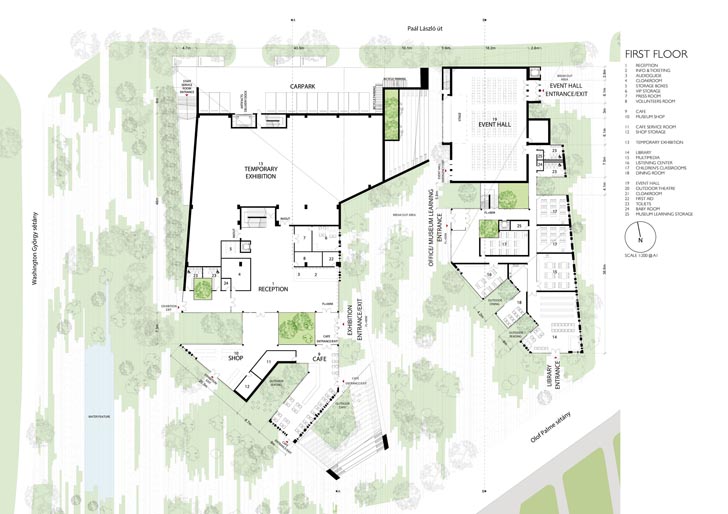
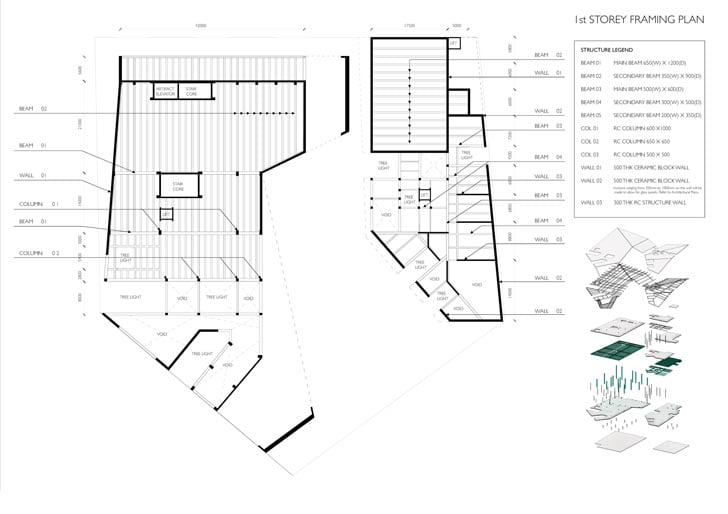
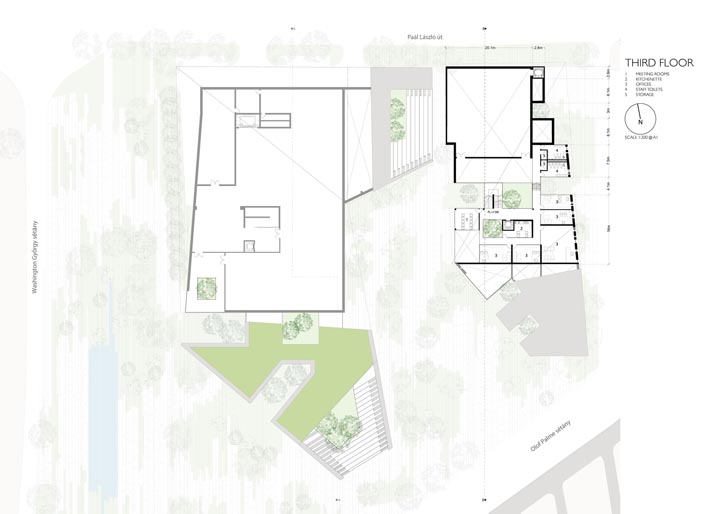
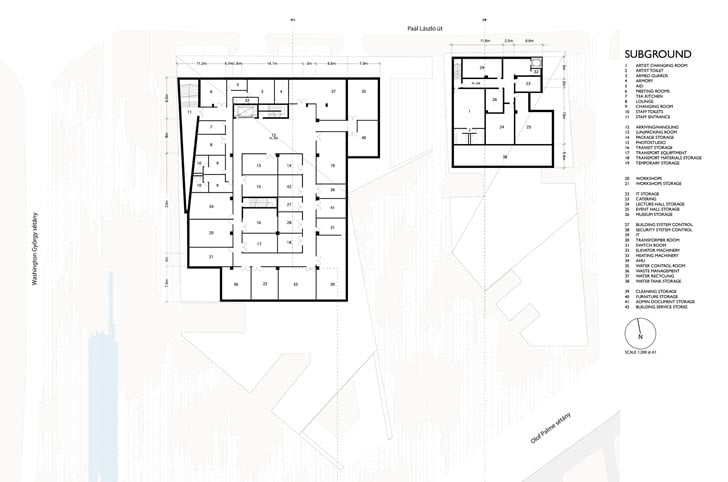






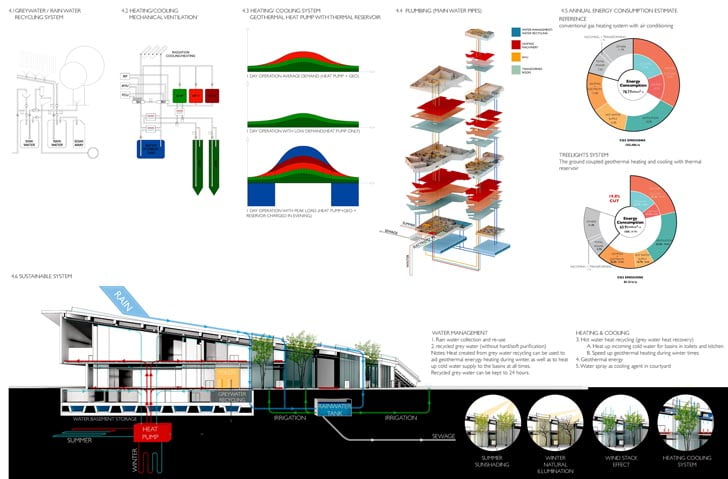



The Liget Budapest Competition awarded first place for the House of Music design to Sou Fujimoto. Second place was awarded to ARCVS Projektni biro, with third going to AVA. The building is expected to be completed and opened by 2018. The House of Music is one of five museum projects planned for the Liget Budapest development.
House of Hungarian Music Museum Design Honorable Mention to AVA
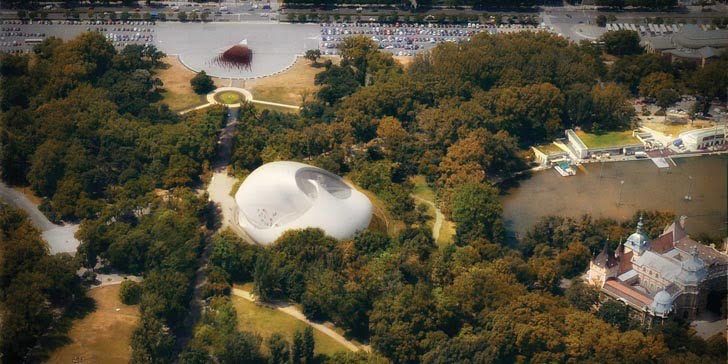
Over 170 entries were submitted for the House of Hungarian Music Museum building, and of those, Andrea Vattovani Architecture’s proposal has taken third place. This gently curving and folding sculpture of a building aims to present the history of Hungarian music in an engaging setting, while creating an iconic landmark for the city of Budapest.
Fact File of House of Hungarian Music Museum:
Competition: Liget Budapest
Award: Third Place
Project Name: The House of Hungarian Music
Architects: Andrea Vattovani Architecture
Location: Budapest, City Park, Hungary
Architect In Charge: Andrea Vattovani
Design Team: Anna Gruber, Anna Sucher, Fang Yi Chen, Samuel Foger, Martin Weinhandel
Structural Engineer And Facade Engineer: Knippers Helbig Advanced Engineering
Landscape: Topotek 1
Sustainability And Building Engineer : Transssolar
Acoustic: Müller BBM DR. Mommertz
Client: VÁROSLIGET INGATLANFEJLESZTŐ ZRT.
Area: 10000.0 sqm
Year: 2014
Photographs: Courtesy of Andrea Vattovani Architecture, Segnoprogetto
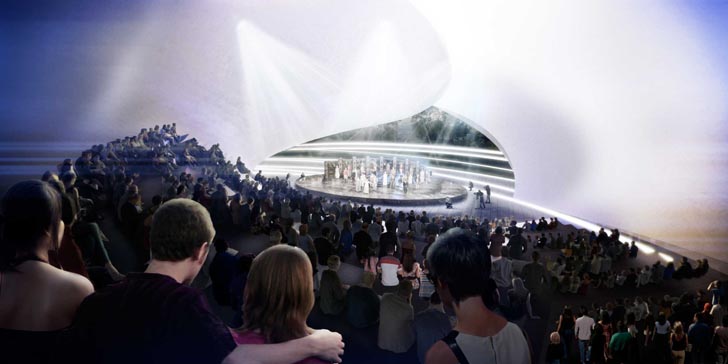
The AVA design team describes their proposal as “a house of Hungarian music museum building that lives from its own energy through its own beautiful design. Our concept grows like a flower in the idle of the park, making people curious about its form and its content.”
The shape of the house of Hungarian music museum building is inspired by musical annotations such as the treble clef, and has two interlocking halves that are not unlike the Chinese symbol for yin and yang.
One of these halves will hold the enclosed museum galleries, while the other will house an outdoor theater space. The house of Hungarian music museum building shell creates acoustical amplification for performances, as well shield the interior from outside noise.
When not in use, this theater will become a place of leisure for park-goers. The curvature of the building creates a form that does not seem to have a distinct back or front, but rather stands a sculpture in the midst of the park.
Photo Gallery of House of Hungarian Music Building:
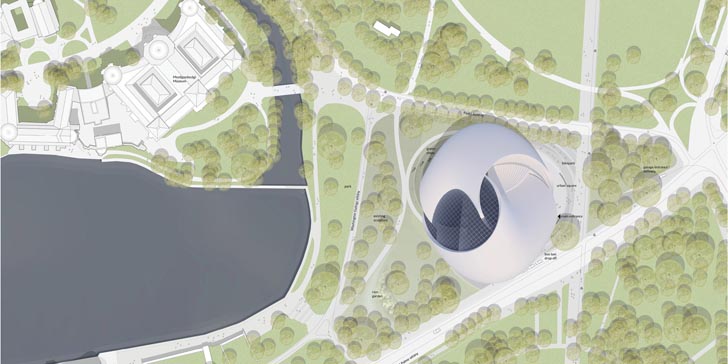

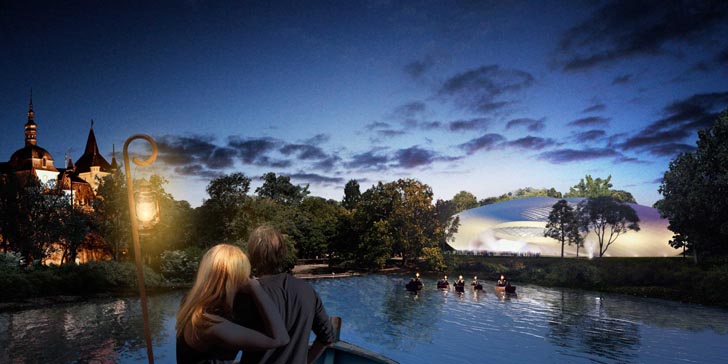
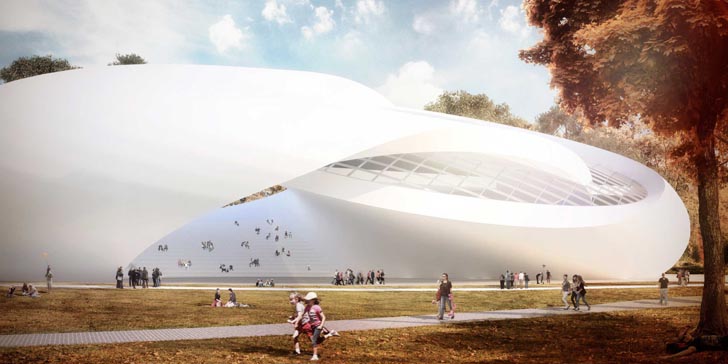
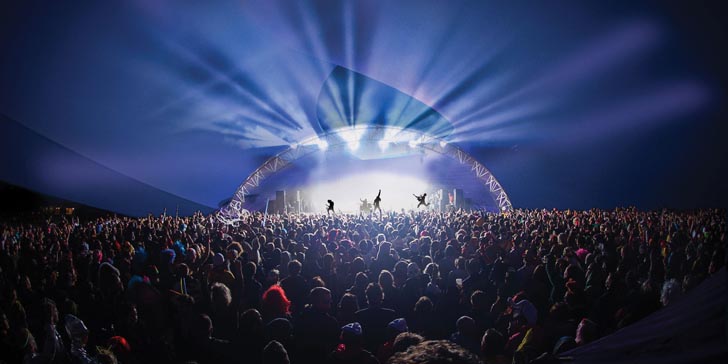
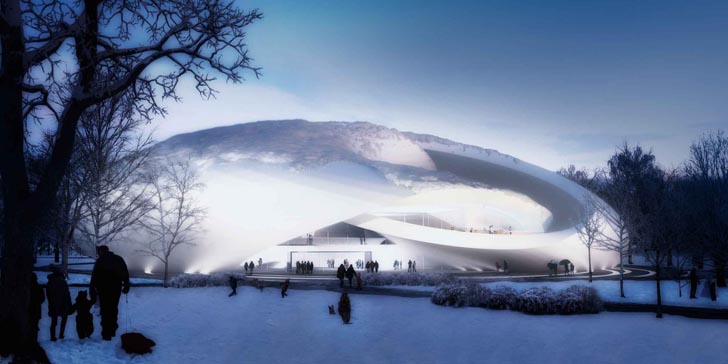
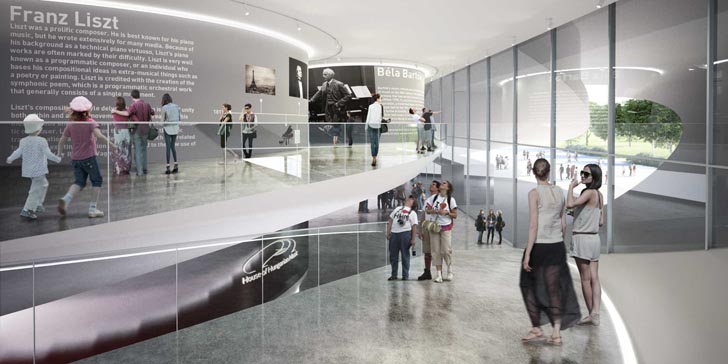
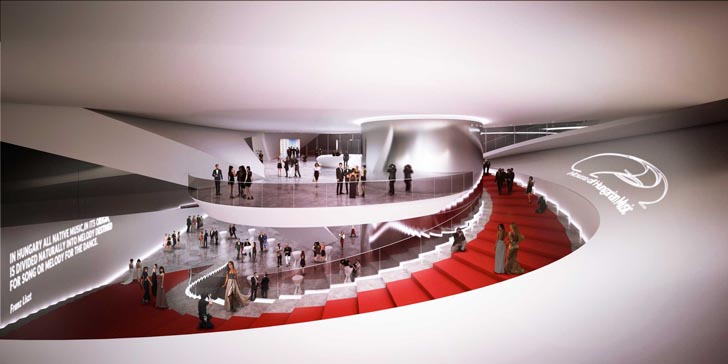

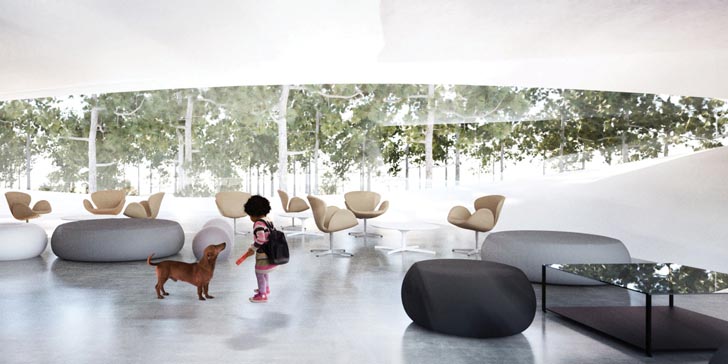
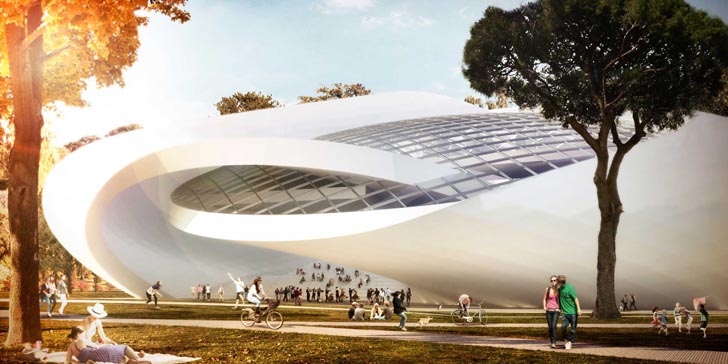
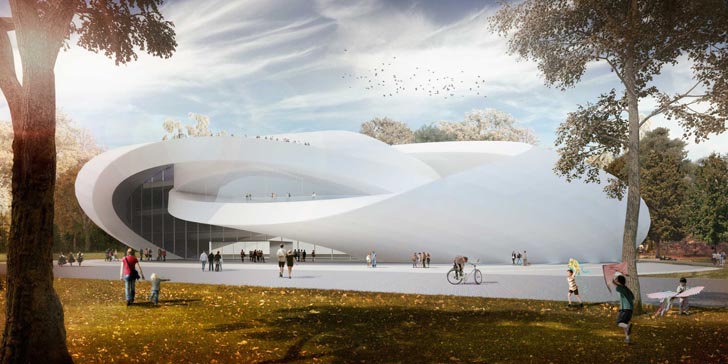
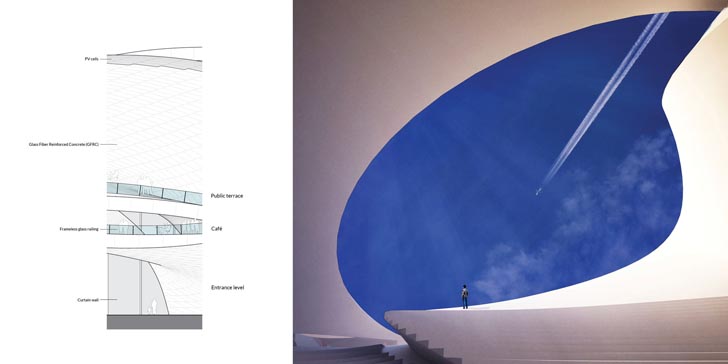
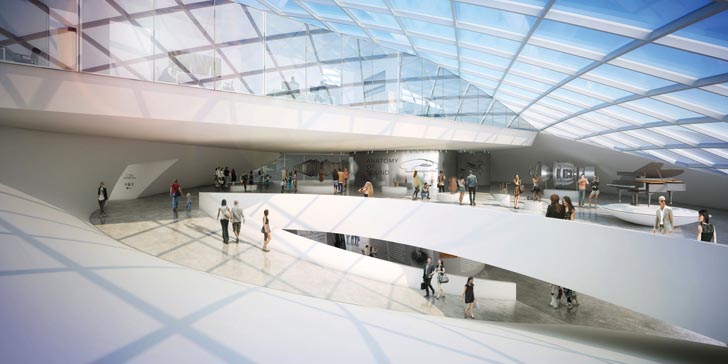
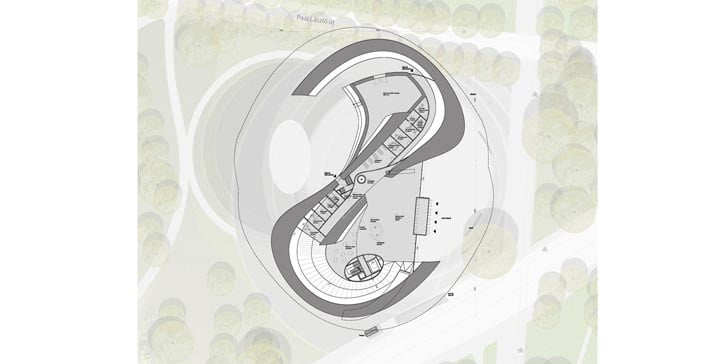
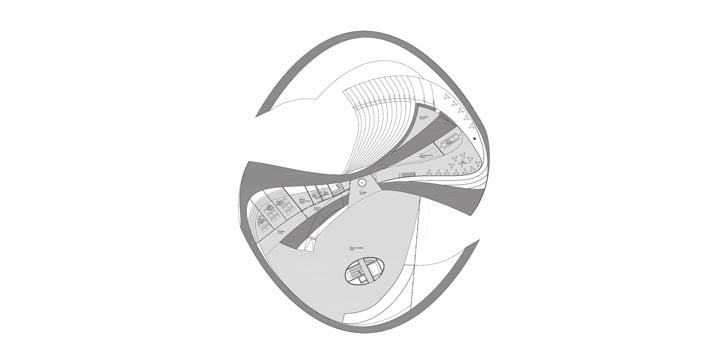
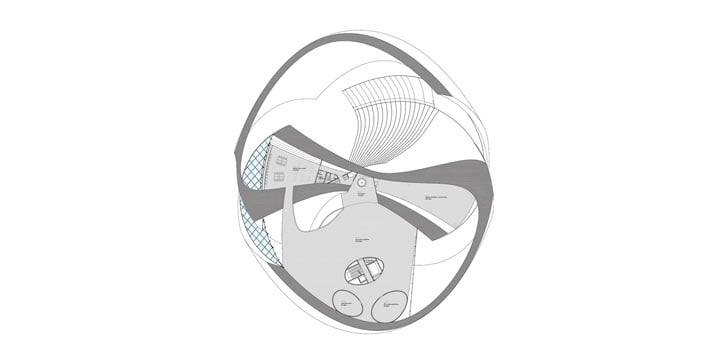
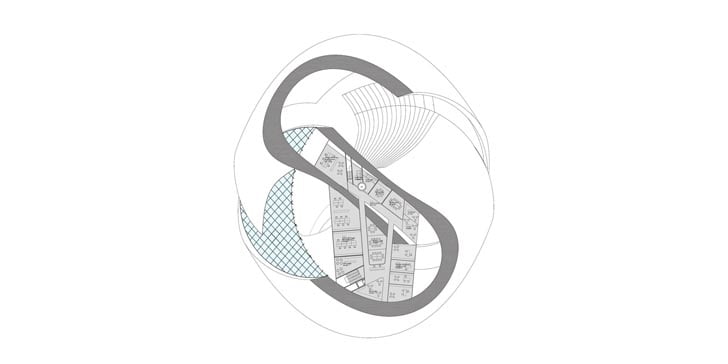
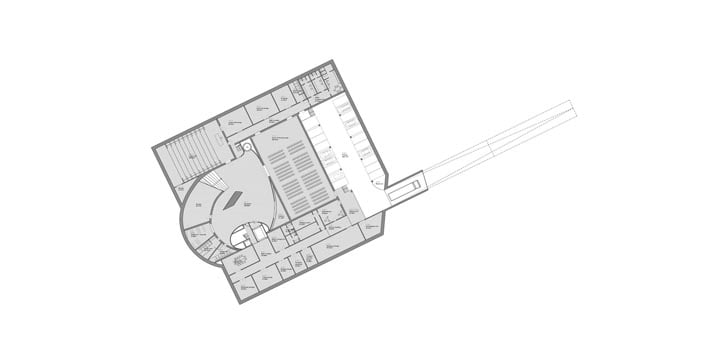
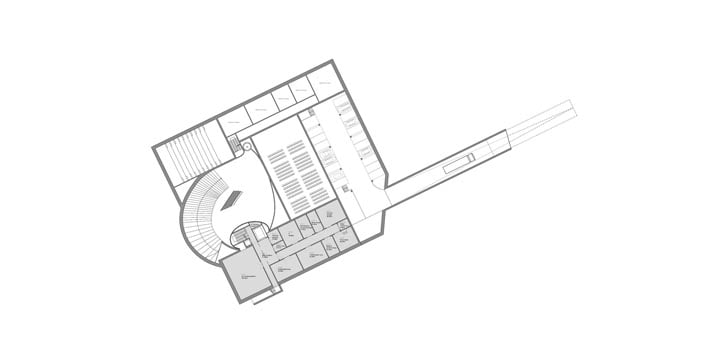
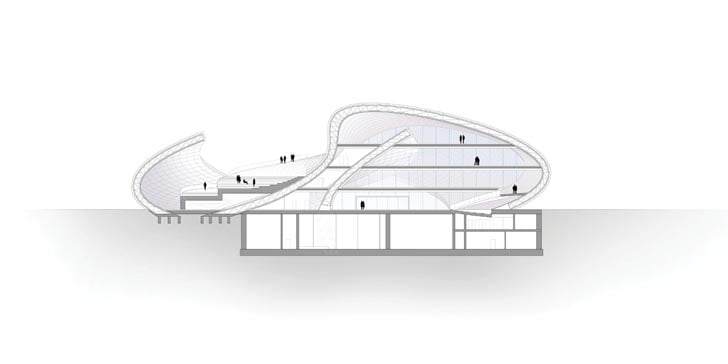
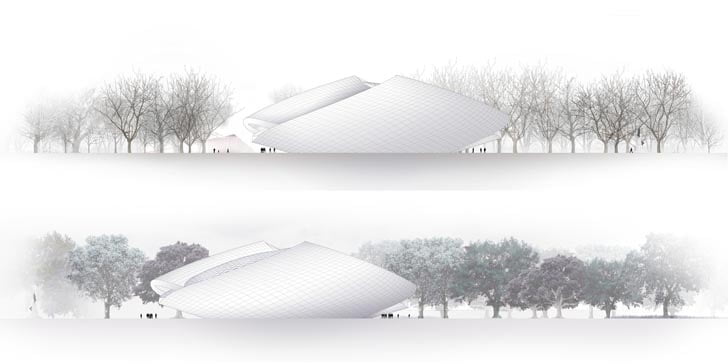
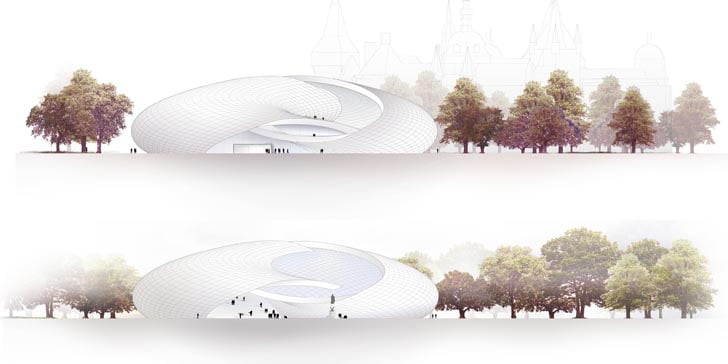
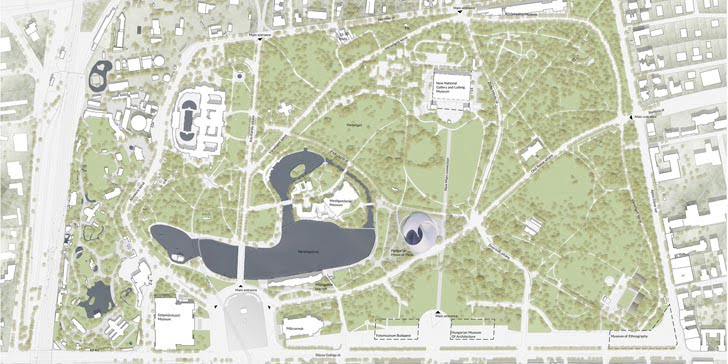
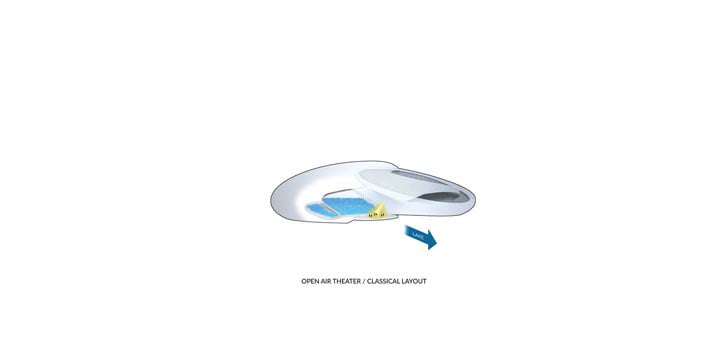
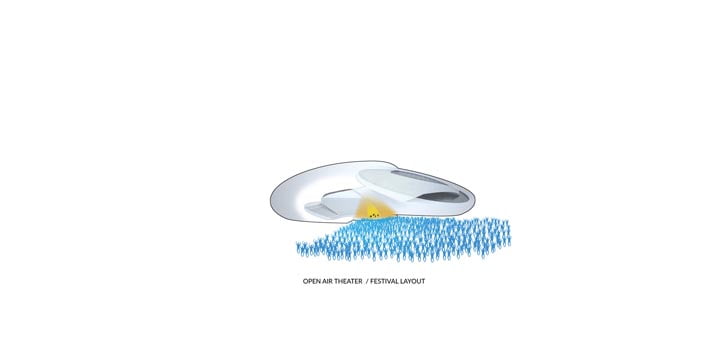
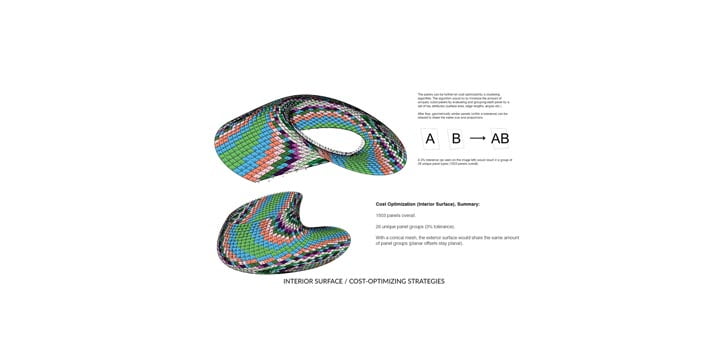
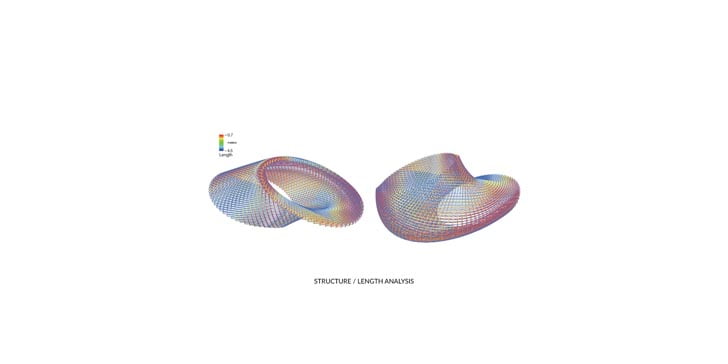
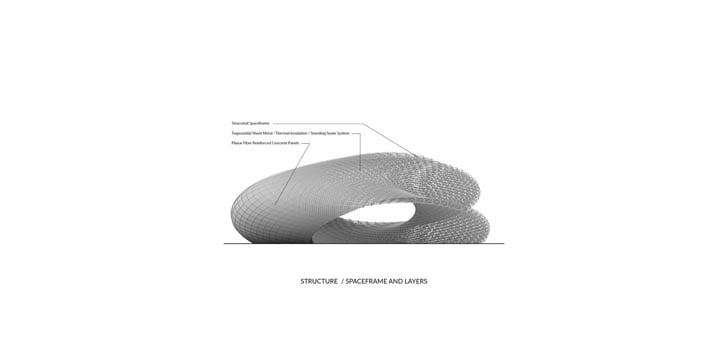
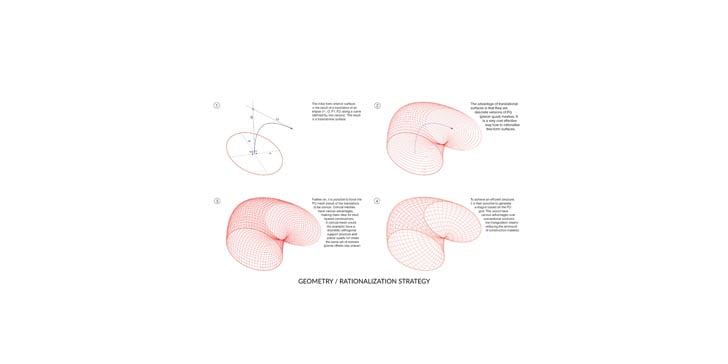
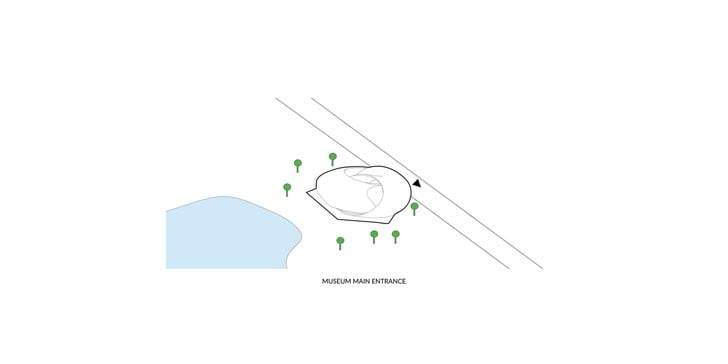
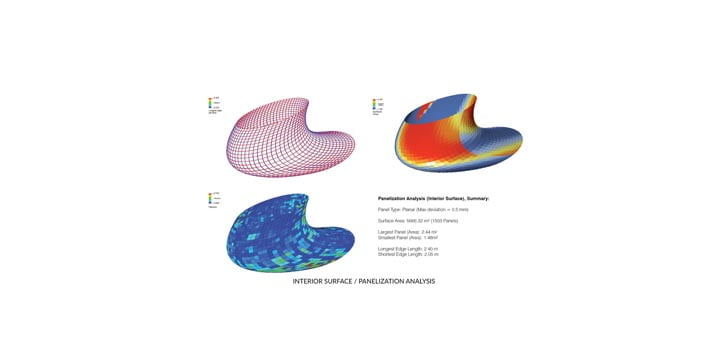
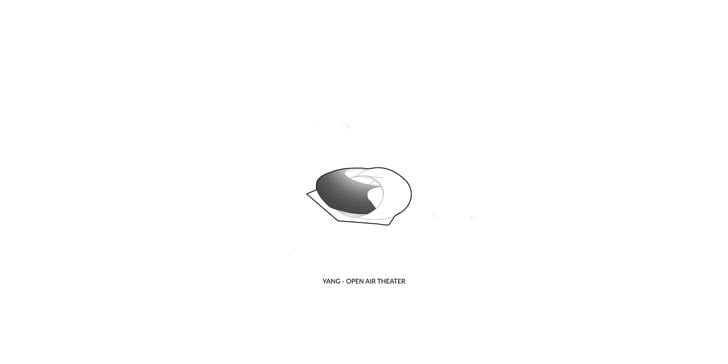
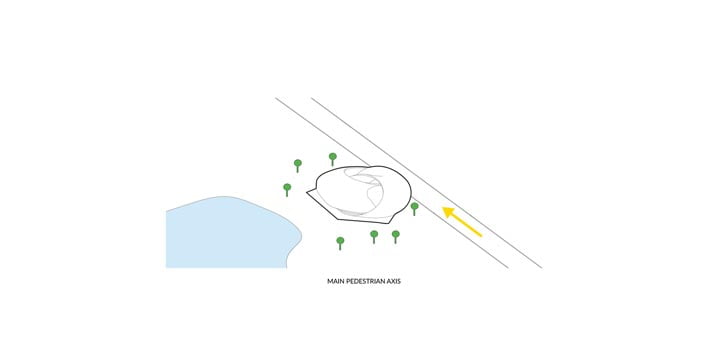
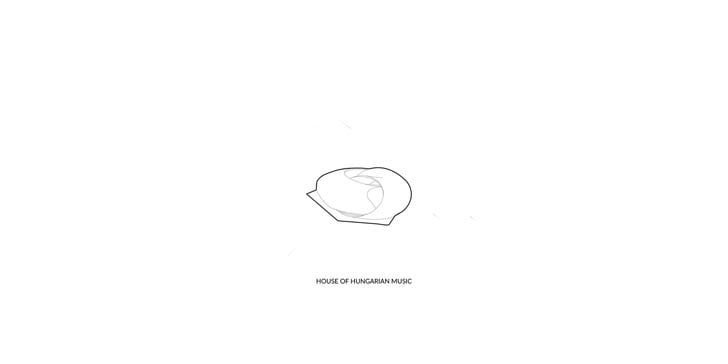
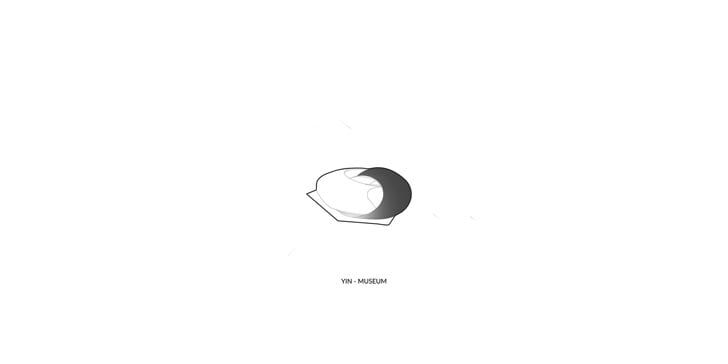
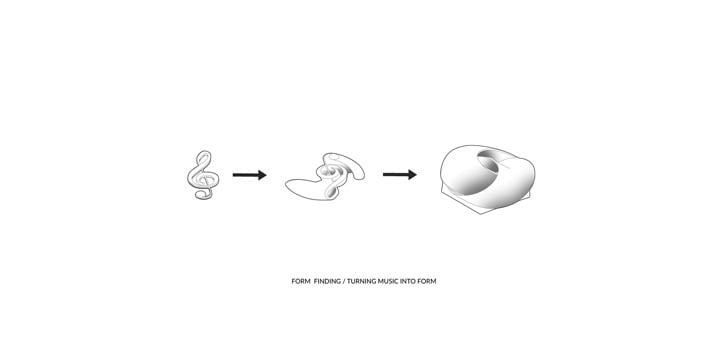
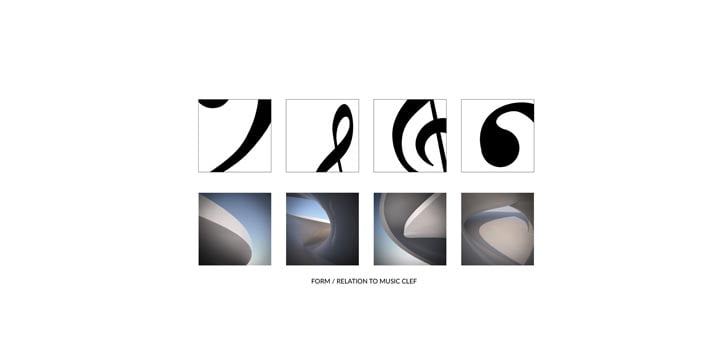
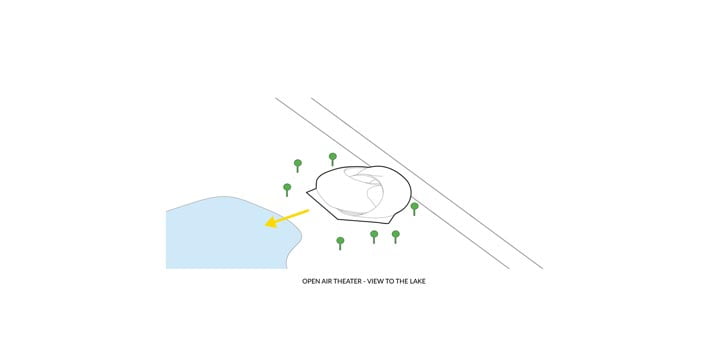
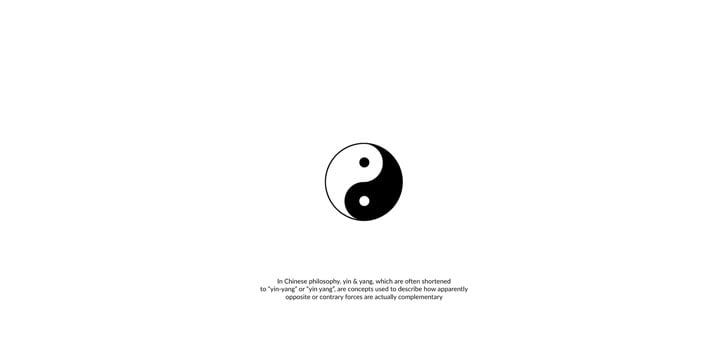
The House of Hungarian Music Museum Building Design commission was won by architect Sou Fujimoto of Japan. Alongside AVA, Kengo Kuma Associates and AVA received honorable mention. Building construction is expected to start in 2016, and is set to open in 2018.
So, Friends this is all about The House of Hungarian Music Museum Building Design. And how architect create space or building that really inspiring music learners and also became a space for music lovers.
Have an any comments on thought or created designs of House of Hungarian Music Museum Design? – feel free to put in comments bellow.







Leave a Comment
You must be logged in to post a comment.